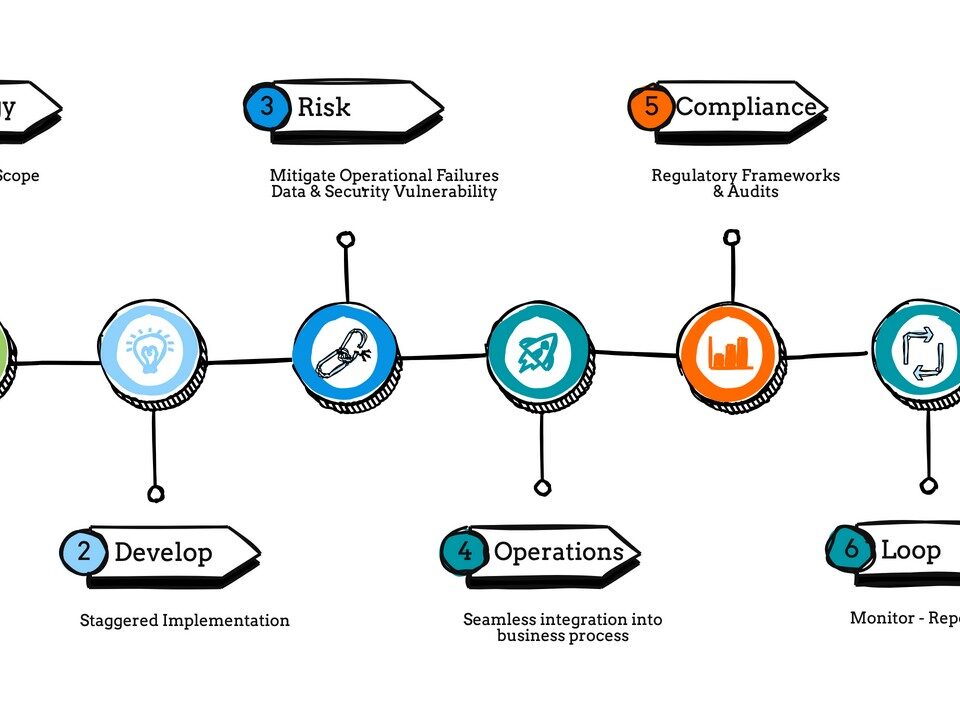
Digital Trust in Peril

Insights in the Age of Information

Digital Trust in Peril

Insights in the Age of Information
Behind Llama3: Meta's Strategic Play in AI's Open Access Era
The tech world is abuzz with excitement over the latest release from Meta—Llama3, hailed as one of the most powerful models currently available in the open access domain. While comparisons with other models are rampant, it's crucial to dive deeper into the strategic underpinnings of Meta's decision and what it truly signifies.

Open Access, Not Open Source
Contrary to popular belief, Llama3 is not an open-source model. While Meta has made the model's weights and architecture available, the source code, training processes, and data remain undisclosed. This distinction is vital, as it highlights a strategic shift towards open access rather than complete transparency.
The Herculean Effort Behind Llama3
Developing a large language model like Llama3, with its 70 billion parameters, is no small feat. The model was trained on a staggering 15 trillion tokens, encompassing a wide array of data points. From collecting training data to employing techniques such as supervised learning and reinforcement learning with human feedback, the process is exhaustive. The infrastructure alone for such an endeavor is estimated to cost around $30 million, not including the myriad other expenses involved.
Meta’s Motivations: Why Offer Free Access?
This brings us to a pivotal question: Why would a profit-driven entity like Meta provide free access to such a valuable asset? The answer is not straightforward. On the surface, integrating Llama3 into applications used by vast numbers of non-paying customers—such as WhatsApp, Instagram, and Facebook—might seem altruistic. These platforms leverage the model for enhancing chat, search, and image generation features, but these enhancements are unlikely to attract new users or retain the current base, especially younger demographics drifting towards platforms like TikTok and Snapchat.

Business Strategy and Public Perception
Meta's move positions the company as benevolent and forward-thinking, contrasting sharply with other AI players like OpenAI, Google, and Anthropic, who are often viewed as profiting from their advancements. By adopting the "open access" label, Meta crafts a narrative of generosity and community engagement, which can enhance its public image and potentially deflect from criticisms of its business practices.
Historical Context and Strategic Gain
Historically, open-source projects have thrived on community collaboration. Projects like Linux have been refined, debugged, and enhanced through global contributions, leading to robust and versatile software ecosystems. Companies often use these community-driven projects to customize and enhance proprietary offerings—Apple’s macOS, based on Unix, is a prime example.
Meta's strategy with Llama3, therefore, might be seen as a clever ploy to foster a similar ecosystem around its AI technology without fully relinquishing control. By allowing users to access the model but not the underlying code, Meta can still direct the development and application of Llama3 while benefiting from community input and innovation.
It's crucial to note the terminology used by Meta: "Openly available Models" as opposed to "Open Source." This distinction suggests a controlled openness, one that allows use without complete transparency.
Looking Ahead: What's Meta's End Game?
What then, is Meta's ultimate goal with this strategy? Are they setting a new standard for the industry, or is this a strategic maneuver to control the narrative and development of AI technologies?
Stay tuned for our next post where we'll delve deeper into the implications of Meta’s strategy and its potential impacts on the AI landscape.



